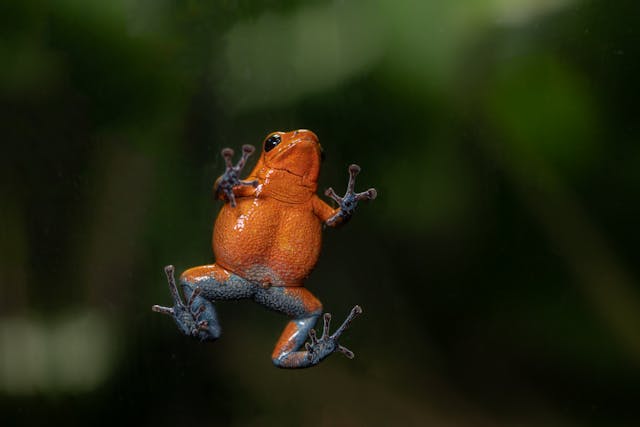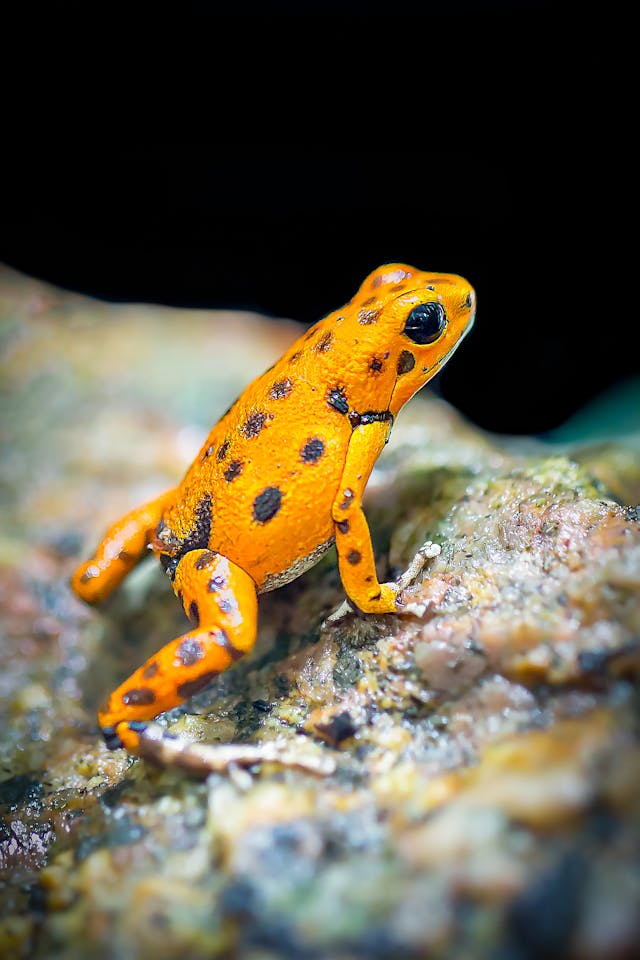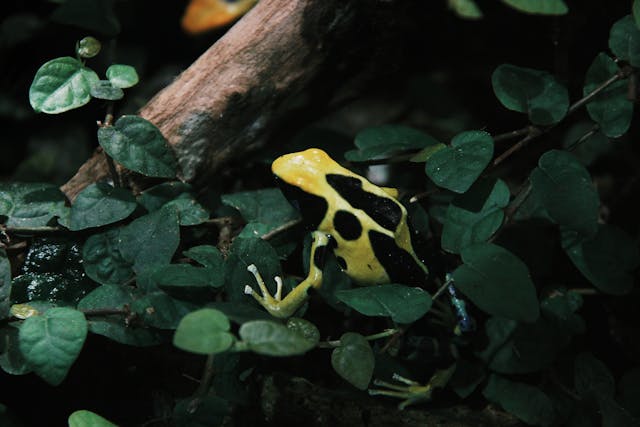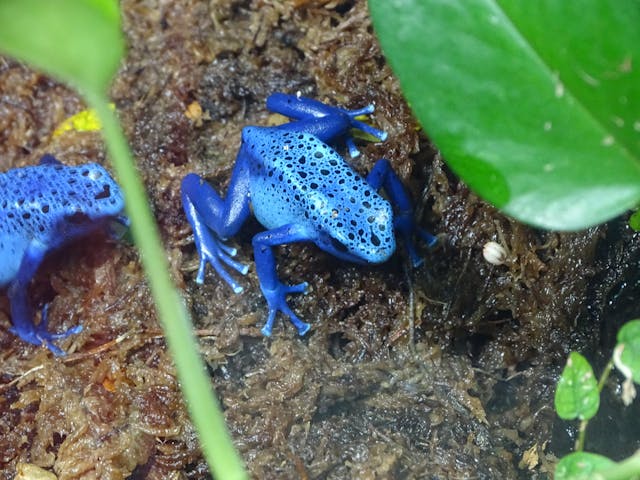Poison dart frogs, with their vibrant colors and fascinating behaviors, have captured the hearts of amphibian enthusiasts around the world. Once feared for their toxic secretions, these captivating creatures are now prized as pets for their beauty, personality, and relatively low maintenance requirements. In this blog post, we’ll take a closer look at poison dart frogs as pets, exploring their care needs, habitat requirements, and the joys of keeping these exquisite amphibians in captivity.

The Appeal of Poison Dart Frogs:
Poison dart frogs, also known as dendrobatids, are renowned for their dazzling array of colors, intricate patterns, and diminutive size. From the electric blue hues of the azureus morph to the fiery reds of the galactonotus, each species and morph boasts its own unique beauty and charm. Beyond their striking appearance, poison dart frogs exhibit fascinating behaviors, including intricate courtship displays, parental care, and territorial interactions. Their small size and diurnal activity make them ideal pets for enthusiasts seeking a visually stunning and interactive addition to their collection.

Habitat and Enclosure Requirements:
Creating a suitable habitat is essential for the health and well-being of poison dart frogs in captivity. Most species thrive in bioactive vivariums that mimic their natural rainforest habitat, complete with live plants, natural substrate, and a variety of hiding spots and climbing surfaces. It’s crucial to maintain appropriate temperature and humidity levels, with temperatures ranging from 70-80°F (21-27°C) and humidity levels between 80-100%. Additionally, providing adequate ventilation and UVB lighting can help replicate the conditions necessary for the frogs’ physiological and behavioral needs.
Feeding and Nutrition:
Poison dart frogs are primarily insectivorous, feeding on a diet of small invertebrates such as fruit flies, springtails, and pinhead crickets. It’s essential to offer a varied diet to ensure nutritional adequacy and prevent dietary deficiencies. Many hobbyists culture their own feeder insects to provide a constant supply of nutritious prey. Additionally, dusting feeder insects with a high-quality calcium and vitamin supplement helps prevent metabolic bone disease and supports overall health and vitality.

Safety and Handling:
Despite their name, poison dart frogs bred in captivity do not pose a significant risk to humans. In the wild, these frogs secrete toxins through their skin as a defense mechanism against predators. However, captive-bred specimens raised on a non-toxic diet do not produce these toxins and are considered safe to handle. Nevertheless, it’s essential to practice good hygiene and avoid handling the frogs unnecessarily to minimize stress and ensure their well-being.
Conclusion:
Keeping poison dart frogs as pets offers a unique opportunity to connect with the beauty and diversity of the natural world. By providing a suitable habitat, proper nutrition, and respectful care, enthusiasts can enjoy the companionship of these captivating amphibians while contributing to their conservation and preservation. Whether you’re a seasoned hobbyist or a newcomer to the world of amphibian keeping, the allure of poison dart frogs as pets is undeniable, offering endless opportunities for discovery, wonder, and appreciation.
Buy animals on MorphMarket!
Go back to our home page!
